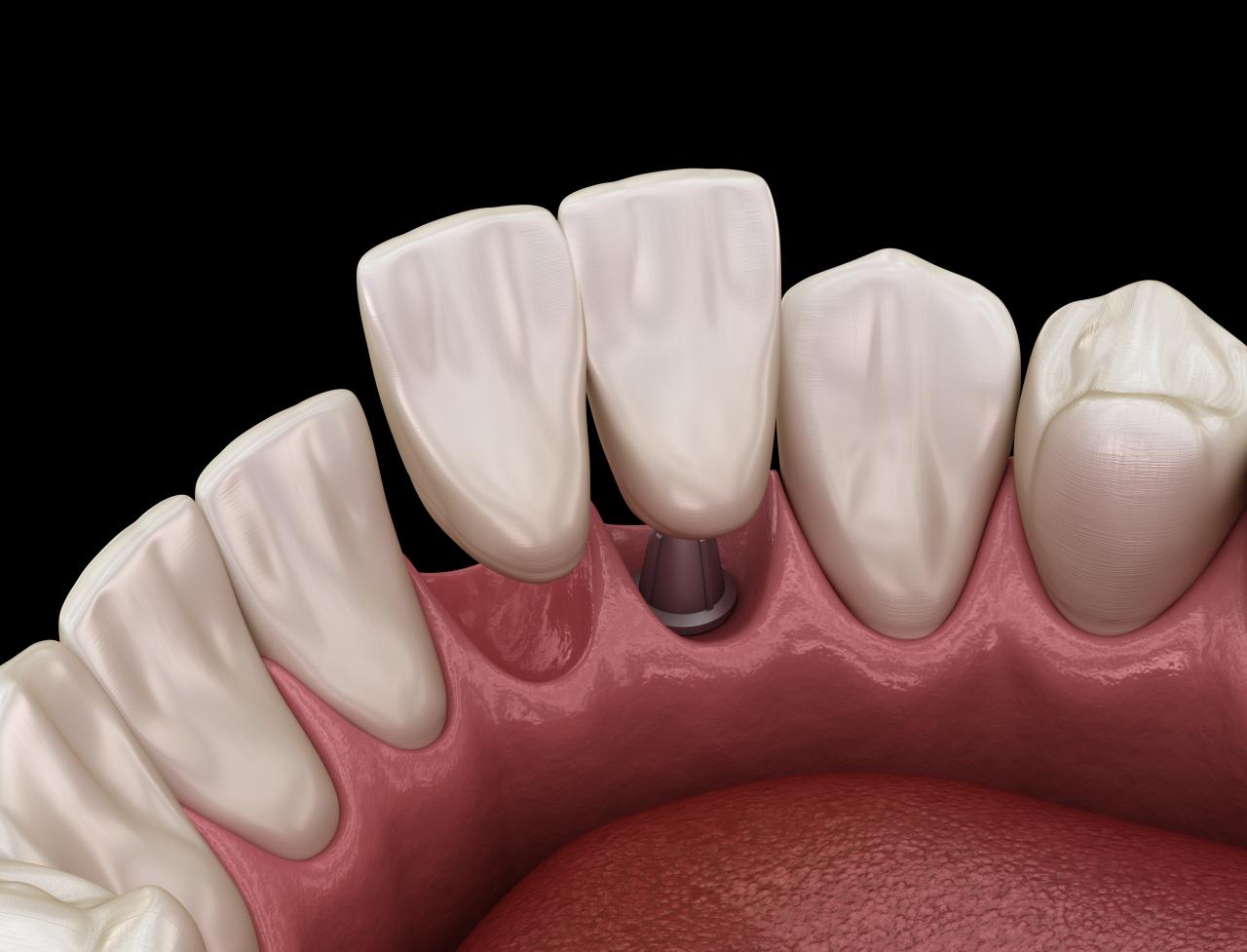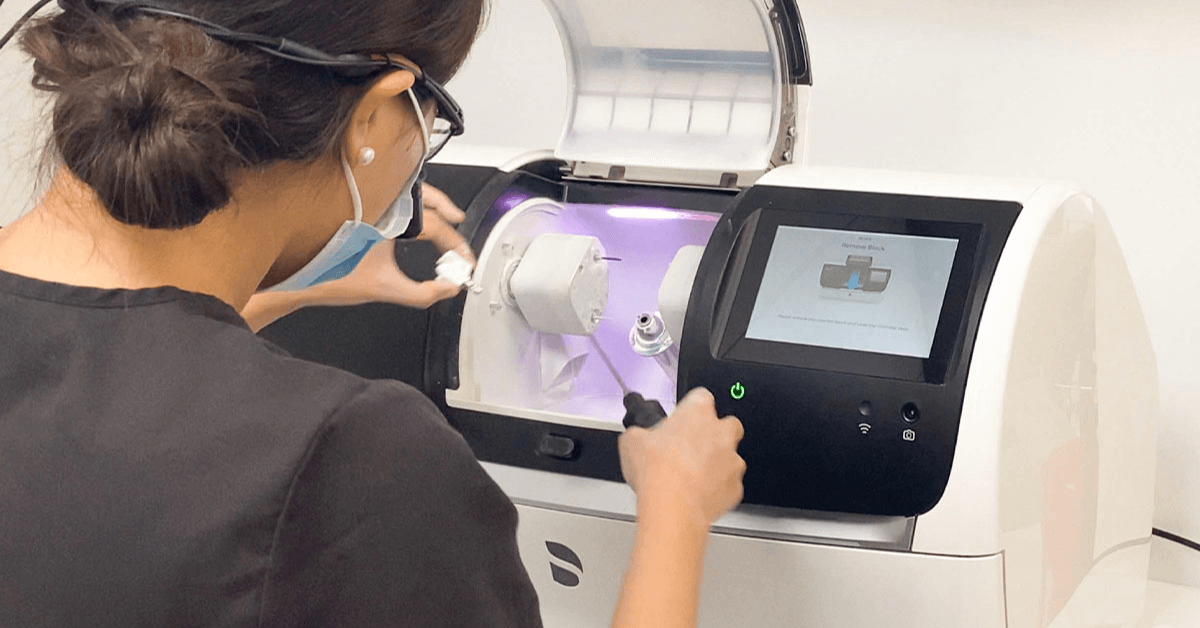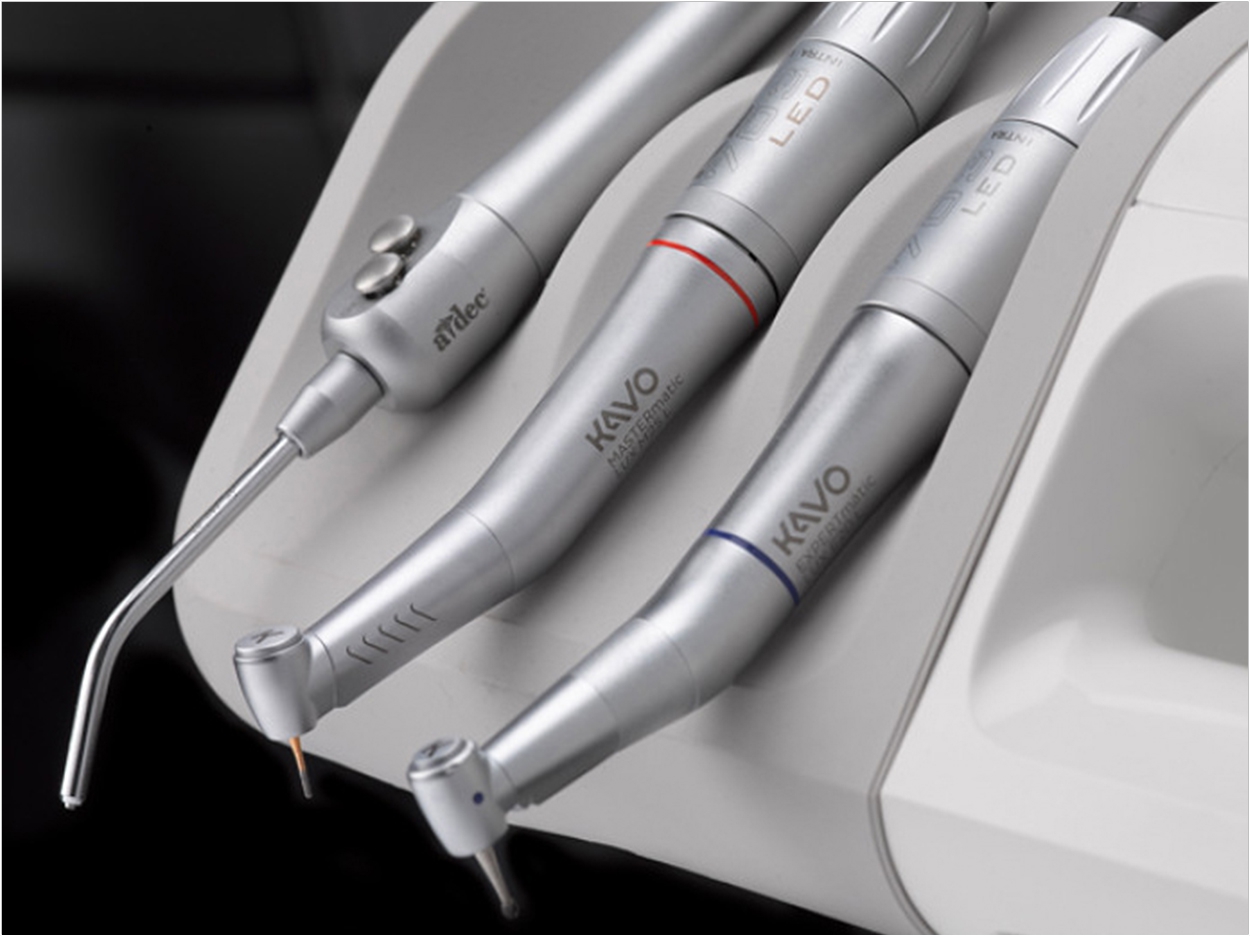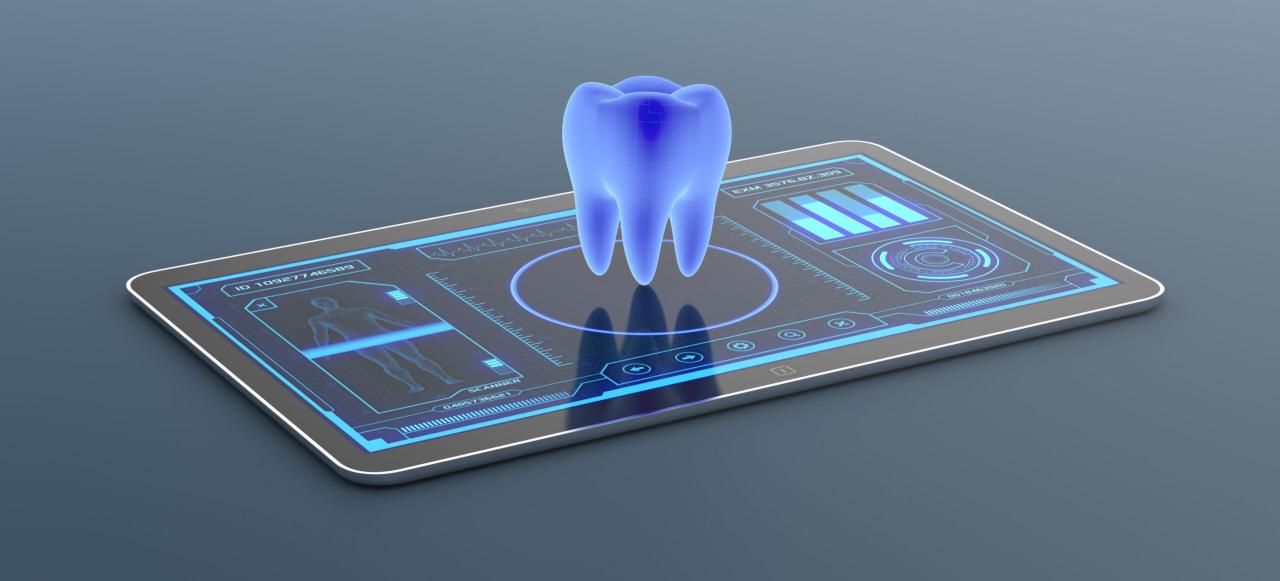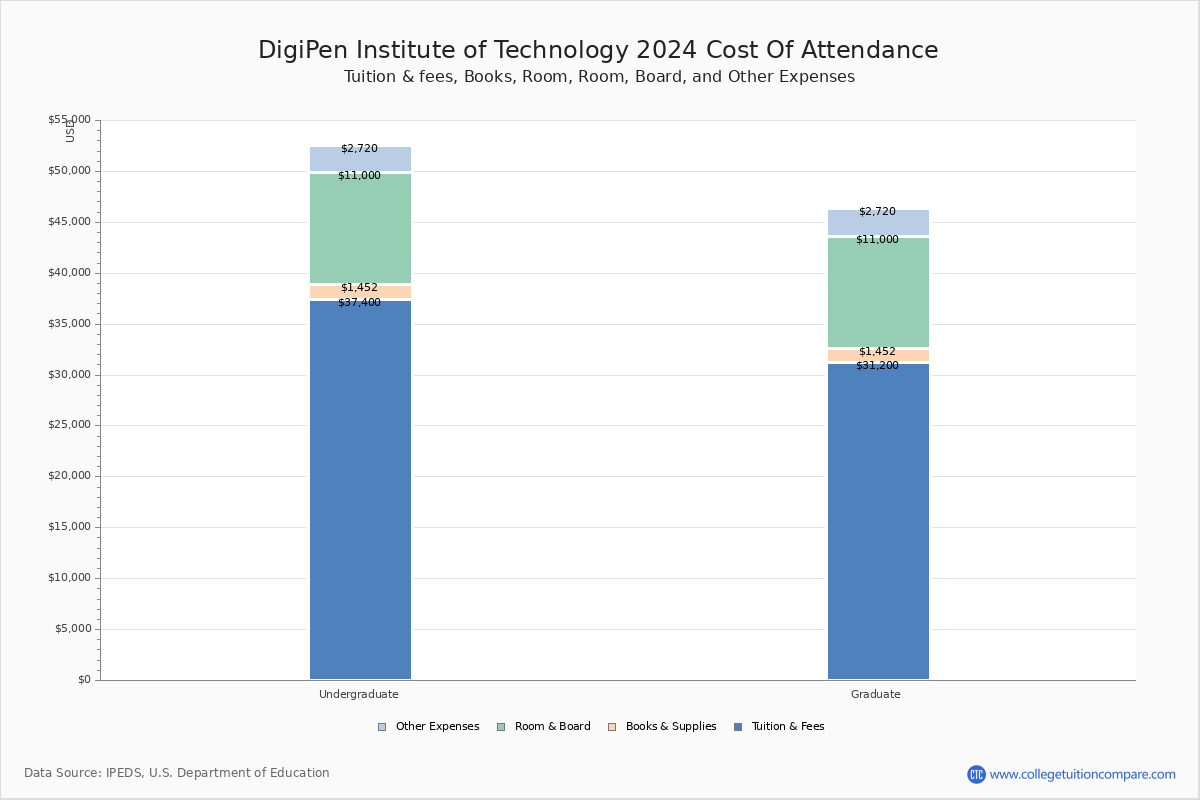Dental Technology Companies: Shaping the Future of Dentistry
Dental technology companies are revolutionizing the way we care for our teeth. These innovative companies are developing cutting-edge solutions that are transforming dental practices and improving patient outcomes. From AI-powered […]
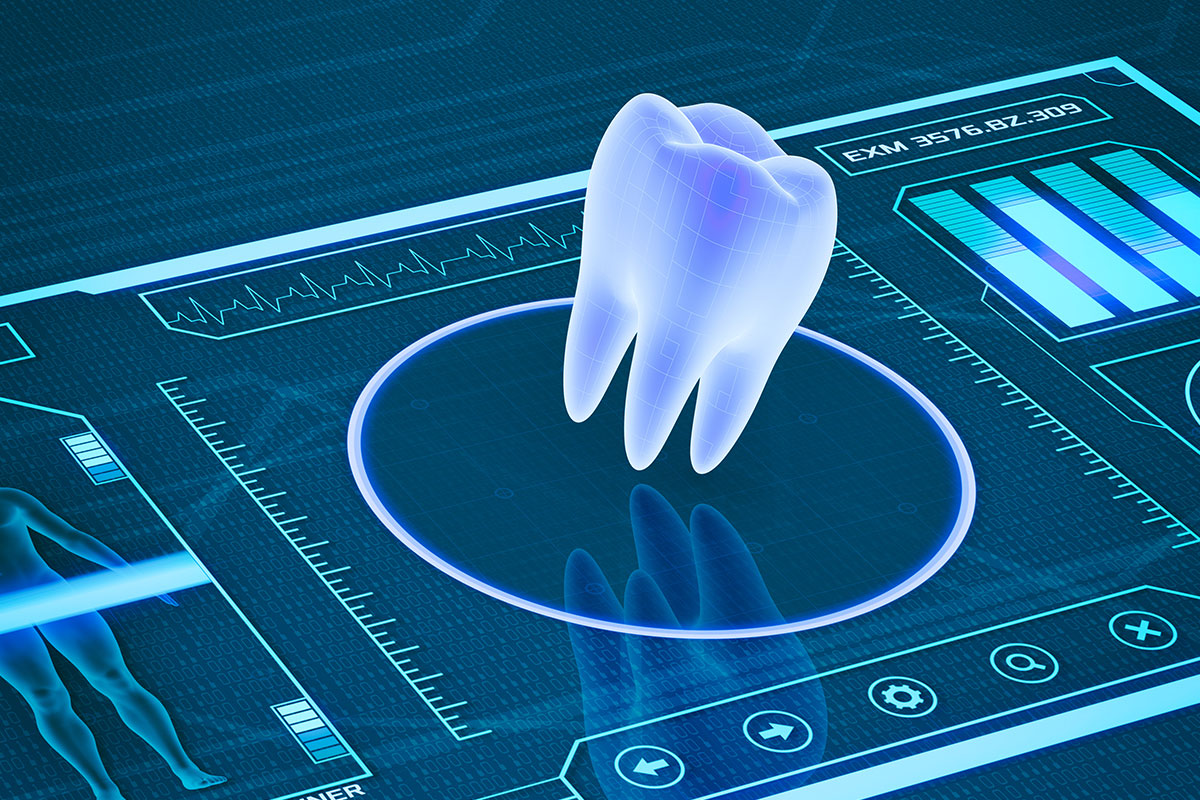
Dental technology companies are revolutionizing the way we care for our teeth. These innovative companies are developing cutting-edge solutions that are transforming dental practices and improving patient outcomes. From AI-powered tools to 3D printing and robotics, the dental technology industry is experiencing rapid growth, driven by the increasing demand for more efficient, accurate, and personalized care.
This surge in innovation is being fueled by a confluence of factors, including advancements in computer science, materials science, and the growing awareness of the importance of oral health. These companies are not only developing new technologies but also working to integrate them seamlessly into existing workflows, making them accessible to a wider range of dentists and patients.
The Rise of Dental Technology Companies

The dental technology industry is experiencing rapid growth, driven by several factors, including advancements in technology, an increasing demand for minimally invasive procedures, and a growing focus on patient comfort and convenience.
Key Innovations Transforming Dental Practices
These innovations have significantly impacted patient care and outcomes. Here are some examples:
- Digital Imaging: Digital radiography has replaced traditional film-based x-rays, providing faster, more accurate, and environmentally friendly imaging. It allows for immediate viewing and sharing of images with patients and specialists, improving communication and diagnosis.
- CAD/CAM Technology: Computer-aided design/computer-aided manufacturing (CAD/CAM) technology enables the creation of custom-made dental restorations, such as crowns, bridges, and dentures, in a single visit. This reduces the need for multiple appointments and provides a more predictable and efficient treatment process.
- Laser Dentistry: Lasers are increasingly used in various dental procedures, offering precise tissue removal, reduced bleeding, and faster healing times. This technology improves patient comfort and reduces the need for anesthesia in some cases.
- 3D Printing: 3D printing is revolutionizing dental care by enabling the creation of personalized models, surgical guides, and even dental implants. This technology allows for more precise treatment planning and execution, improving patient outcomes.
- Artificial Intelligence (AI): AI is being integrated into dental software to automate tasks, analyze images, and provide personalized treatment recommendations. This technology can improve efficiency, accuracy, and patient care.
Key Players and Market Landscape
The dental technology market is a dynamic and rapidly evolving landscape, characterized by the presence of established players and emerging startups. These companies are constantly innovating to develop cutting-edge solutions that improve patient care, enhance clinical efficiency, and drive digital transformation within dental practices.
Major Players in the Dental Technology Market, Dental technology companies
The dental technology market is dominated by a diverse range of companies, each specializing in different areas of dental care. These companies play a crucial role in shaping the industry by developing and distributing innovative products and services.
| Company Name | Headquarters | Key Products/Services | Market Share |
|---|---|---|---|
| Dentsply Sirona | York, Pennsylvania, USA | Dental equipment, consumables, digital imaging systems, CAD/CAM solutions, implants, orthodontics | Estimated to hold a significant market share, as per industry reports |
| 3M | St. Paul, Minnesota, USA | Dental materials, adhesives, restorative materials, infection control products | Considered a major player in the dental materials segment |
| Planmeca | Helsinki, Finland | Dental imaging systems, CAD/CAM solutions, dental chairs, treatment units | Known for its advanced imaging technology and innovative dental equipment |
| Danaher Corporation | Washington, D.C., USA | Dental equipment, instruments, consumables, through its subsidiaries (e.g., KaVo Kerr, Mallinckrodt) | A diversified conglomerate with a significant presence in the dental technology market |
| Straumann | Basel, Switzerland | Dental implants, restorative materials, digital solutions, bone regeneration products | A leading provider of dental implants and related services |
Competitive Landscape and Trends
The dental technology market is highly competitive, with companies vying for market share and striving to differentiate themselves through innovation, product quality, and customer service. Several key trends are shaping the industry:
- Digital Transformation: The adoption of digital technologies, such as intraoral scanners, CAD/CAM systems, and digital imaging, is revolutionizing dental practices. These technologies streamline workflows, enhance accuracy, and improve patient experience.
- Artificial Intelligence (AI): AI is being integrated into various dental applications, including image analysis, treatment planning, and patient management. AI-powered solutions offer potential for increased efficiency and accuracy.
- Focus on Patient Experience: Dental technology companies are increasingly focusing on improving the patient experience by developing user-friendly solutions, providing personalized care, and enhancing communication.
- Sustainability: Environmental sustainability is becoming a key consideration in the dental industry, with companies developing eco-friendly products and practices.
Emerging Technologies in Dentistry
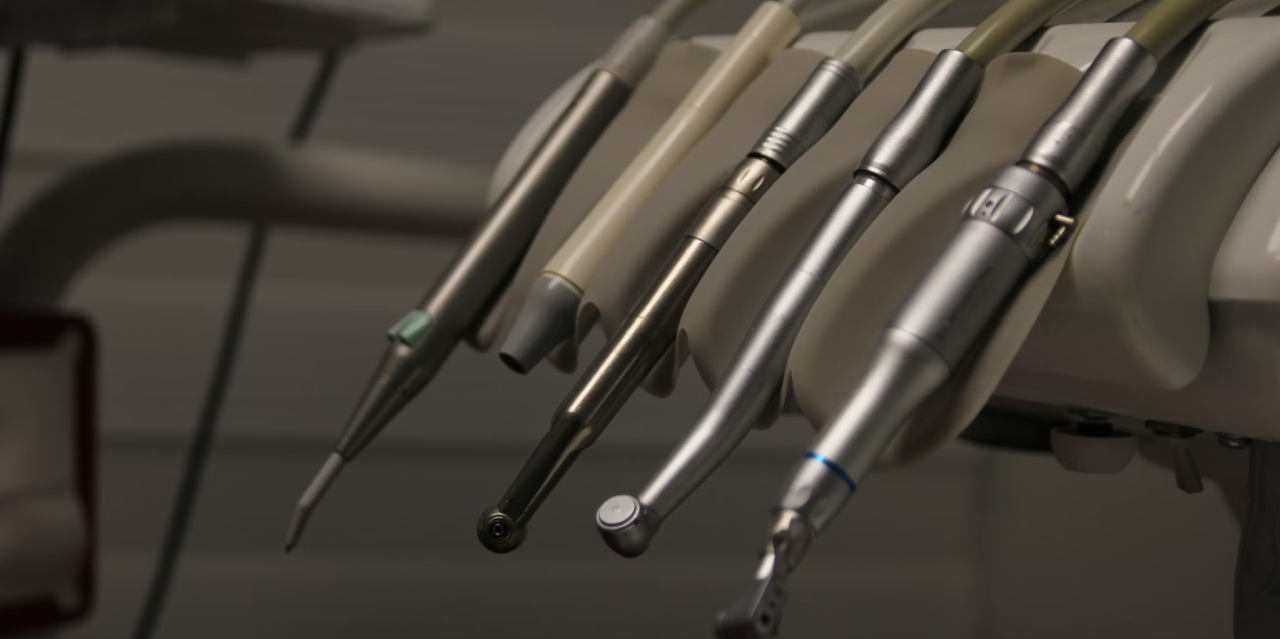
The field of dentistry is rapidly evolving, driven by groundbreaking advancements in technology. From artificial intelligence to 3D printing and robotics, these innovations are revolutionizing how dental professionals diagnose, treat, and care for patients. This section explores the impact of these emerging technologies and their potential to enhance the future of dentistry.
Artificial Intelligence in Dentistry
AI is transforming various industries, and dentistry is no exception. AI-powered tools are enabling dentists to make more informed decisions, improve patient outcomes, and streamline their workflow.
Here are some examples of AI applications in dentistry:
| AI-powered Dental Tool | Benefits |
|---|---|
| AI-assisted diagnosis | AI algorithms can analyze dental images, such as X-rays and scans, to identify potential issues and assist dentists in making accurate diagnoses. This can help detect early signs of diseases like cavities or gum disease, leading to more effective treatment. |
| AI-powered treatment planning | AI algorithms can generate personalized treatment plans based on a patient’s unique dental history, scans, and other data. This helps dentists to develop more efficient and effective treatment strategies, minimizing the need for multiple appointments and improving patient satisfaction. |
| AI-powered dental robots | AI-powered robots are being developed to assist dentists with procedures like implant placement and tooth extractions. These robots offer increased precision, reduced human error, and improved patient comfort. |
3D Printing in Dentistry
3D printing, also known as additive manufacturing, has emerged as a game-changer in dentistry. This technology allows dentists to create custom-made dental prosthetics, implants, and other devices.
3D printing offers several advantages:
* Customization: 3D printing enables the creation of highly customized dental restorations that perfectly fit the patient’s unique anatomy. This results in improved comfort, function, and aesthetics.
* Efficiency: 3D printing can significantly reduce the time required to fabricate dental prosthetics, allowing dentists to provide faster and more convenient treatment.
* Cost-effectiveness: 3D printing can be more cost-effective than traditional methods, particularly for complex restorations.
* Accuracy: 3D printing allows for greater precision in the fabrication of dental devices, leading to improved fit and longevity.
Robotics in Dentistry
Robotic systems are being integrated into dental practices to enhance precision, accuracy, and efficiency.
Here are some examples of how robotics is being used in dentistry:
* Robotic surgery: Robotic systems can assist dentists in performing complex procedures like implant placement and bone grafting. These systems provide surgeons with a magnified view of the surgical field, allowing for greater precision and control.
* Robotic assistance: Robotic arms can be used to hold instruments and perform repetitive tasks, freeing up dentists to focus on other aspects of the procedure.
* Robotic prosthetics: Robotic prosthetics are being developed to provide patients with more realistic and functional replacements for missing teeth. These prosthetics can be controlled by the patient’s own thoughts or movements, offering a more natural and comfortable experience.
Impact on Dental Professionals and Patients
The rise of dental technology has significantly impacted both dental professionals and patients, bringing about a new era of efficiency, accuracy, and patient-centric care. This technological advancement has transformed the dental landscape, leading to enhanced treatment outcomes and a more comfortable experience for patients.
Benefits for Dental Professionals
The integration of technology into dentistry has provided numerous benefits for dental professionals, streamlining workflows and improving accuracy in diagnosis and treatment.
- Increased Efficiency: Dental technology tools, such as digital imaging, CAD/CAM software, and intraoral scanners, have significantly reduced the time required for various procedures. This increased efficiency allows dentists to see more patients, improving their practice’s productivity and revenue.
- Enhanced Accuracy: The use of digital tools provides more accurate diagnoses and treatment plans. For instance, digital imaging offers detailed views of teeth and surrounding structures, allowing for precise identification of dental issues. CAD/CAM software enables the creation of custom-made restorations with exceptional precision, leading to a better fit and improved longevity.
- Improved Patient Communication: Digital tools, like intraoral cameras and 3D models, facilitate better communication between dentists and patients. These tools allow patients to visualize their dental conditions and understand the proposed treatment plans more effectively, leading to informed decision-making.
Enhanced Patient Experience
Dental technology has significantly improved the patient experience, making dental visits more comfortable and effective.
- Reduced Treatment Time: Technology has significantly reduced the time required for various procedures, leading to shorter appointments and less time spent in the dental chair. This translates to a more comfortable experience for patients.
- Minimally Invasive Procedures: Advanced technologies like lasers and 3D printing enable minimally invasive procedures, reducing pain, discomfort, and recovery time. These procedures are also less traumatic, resulting in faster healing and improved aesthetic outcomes.
- Personalized Treatment Plans: Technology allows for the creation of personalized treatment plans based on each patient’s unique needs and preferences. For example, digital imaging can help dentists identify specific areas of concern and develop customized treatment plans that address those concerns.
Patient-Centric Innovations
Dental technology has introduced innovative solutions that prioritize the patient experience and provide them with greater control over their oral health.
- Teledentistry: This technology allows patients to consult with dentists remotely through video conferencing. Teledentistry offers convenience, accessibility, and affordability, particularly for patients in remote areas or with limited mobility. It also enables early detection and intervention for dental issues, potentially preventing more serious problems.
- Personalized Treatment Plans: Technology empowers patients to actively participate in their treatment planning. Digital tools allow patients to visualize their dental conditions and understand the proposed treatment plans more effectively. This informed decision-making process empowers patients to take ownership of their oral health and make choices that align with their individual needs and preferences.
- Wearable Devices: Wearable devices, such as smart toothbrushes and oral health trackers, provide patients with real-time feedback on their oral hygiene habits. This personalized data empowers patients to improve their brushing techniques and maintain optimal oral health.
Final Summary
The future of dentistry is bright, with dental technology companies at the forefront of innovation. As technology continues to evolve, we can expect to see even more transformative solutions that will enhance the patient experience, improve treatment outcomes, and make quality dental care more accessible to all. From personalized treatment plans to virtual reality applications, the potential for dental technology to reshape the industry is vast and exciting.
Dental technology companies are constantly innovating, bringing us new ways to improve our oral health. Just like the 2024 Jeep Wrangler technology package is revolutionizing the off-road experience, dental tech is transforming how we care for our teeth. These companies are pushing the boundaries of what’s possible, offering advanced treatments and personalized care.

